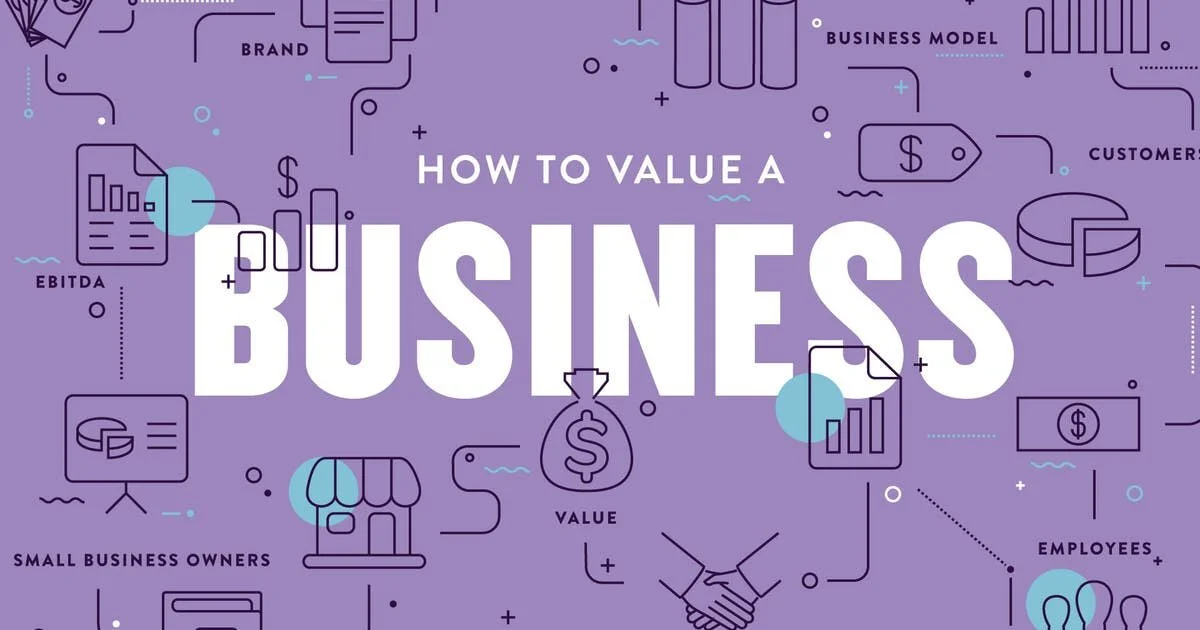Valuing Your Small Business with Proven Valuation Methods
Small Business Valuation and How it is Done
Valuing a business does not take complex math and a valuation should not cost an exceptionally high amount. A valuation, when done correctly, will put numbers to the story of your business or your potential business. A quick google search will offer you a wide array of options and prices for small business valuations. Before selecting a provider, be sure to know what they offer, how they do valuations, what you will receive, and what it will cost.
Small Business Valuation Methods
There are numerous ways of valuing a business; we will explain four customary valuation methods. In addition to different valuation methods, a quality valuation will consider and build in sensitivity analysis. Sensitivity analysis changes assumptions such as revenue growth, advertising expense, inventory turnover, etc. It also shows how the changes affect the value. Normally, valuations are presented in what is called a Football Field; this depicts how different assumptions and methods create a range of valuations.
Intrinsic Valuation or Discounted Cash Flow
A discounted cash flow projects future cash flows and discounts these values to the present day. Based on the assumption that a dollar today is worth less than it will be in the future, due to inflation and opportunity costs, cash flows are discounted. Cash flows are discounted by something called the Weighted Average Cost of Capital (“WACC”). WACC is virtually representing how much it will cost you to obtain money.
Projected cash flows are calculated by determining: (1) revenue growth (2) gross margins (3) operational costs (4) taxes (5) depreciation and amortization (6) changes in working capital (current assets – current liabilities) and (7) capital expenditures. Users controlling the inputs
of the projections can generate a valuation of literally anything; as such, inputs need to be justifiable. “Garbage in garbage out” is a cliché in intrinsic valuations and means if your inputs are not justifiable the valuation will be meaningless.
The discounted cash flow is useful for projecting how changes in performance and operations will influence the value a business. Projected cash flows typically range from three to 10 years. The goal is to project cash flows to a point where the business's operations and growth are mature and stable.
Creating a discounted cash flow can be a bit complicated but there are tools online to support you value your small business.
Relative Valuation
All other forms of business valuations rely on subjective forms of measurements and inputs, while relative valuations depend on what the market says. How much businesses have sold for in the past and, what are businesses currently trading at, drive this methodology of valuation.
Financial multiples such as EBITDA to Enterprise Value, Revenue to Enterprise Value, or EBIT to Enterprise Value can all be applied to your business to determine its value. Ideally, you would search for and create a sample set of related businesses, aggregate a list, and assess the average or median. You can then adjust and apply the multiple to your small business or target company.
A caveat to relative business valuation is no two companies are the same. Finding comparable transactions and companies to yours is a challenge. It is nearly always the case that no exact fits are found. There are tools to support you value your company with a pre-existing dataset to remove much of the leg work for you.
Adjusted Net Asset Value
If your Balance Sheet is adequately representative, the adjusted net asset value valuation method is straight forward. This method sums up your total assets and subtracts liabilities. Next, modify assets for a more realistic valuation. Did you fully depreciate a piece of equipment that is resalable? Is your property on the books? Do you expect to receive 100% of your outstanding accounts receivables? These types of questions require answers to accurately portray the value of your company using the Adjusted Net Asset Value.
The adjusted net asset method is valuable when valuing businesses who are losing money or have minimal earnings. This valuation method is useful for measuring the floor vale or worst-case scenario value.
Seller Discretionary Earning Method
The aforementioned methods of valuation apply to companies of all sizes. The seller discretionary earning method is only functional when valuing small businesses. This method provides clarity on how much buyers can expect to earn each year of the business.
The seller discretionary earning method is calculated by determining how much cash is required to manage the business. Starting with Earnings Before Interest and Taxes (EBIT) and adding back discretionary and “flexible” expenses such as owner’s compensation and benefits, personal vehicle, etc. Additionally, add back one-time expenditures such as professional services: legal, consulting, website design, etc. It not uncommon for these fees to be negotiated, as such have sound justification.
Valuation methods used for valuing small businesses
Value is what someone is willing to pay and valuation is the tool that bridges the numbers and story of a business. In all valuations, it is crucial for justifiable and measurable inputs. This will generate outputs that can be transparent and negotiable.
Hiring a Valuation Provider
While the free small business valuation tools provided and online will give you a level of understanding of the value of your small business or the business you wish to buy, you will still need financial projections and marketing material to formally consider buying or selling a business.





